This article was medically reviewed by Luba Lee, FNP-BC, MS. Luba Lee, FNP-BC is a Board-Certified Family Nurse Practitioner (FNP) and educator in Tennessee with over a decade of clinical experience. Luba has certifications in Pediatric Advanced Life Support (PALS), Emergency Medicine, Advanced Cardiac Life Support (ACLS), Team Building, and Critical Care Nursing. She received her Master of Science in Nursing (MSN) from the University of Tennessee in 2006.
wikiHow marks an article as reader-approved once it receives enough positive feedback. In this case, 100% of readers who voted found the article helpful, earning it our reader-approved status.
This article has been viewed 66,032 times.
Studies show that while there are many known yeasts, only a few yeasts attack human lungs. The most common of these yeasts is candida albicans, which is an opportunistic infection that is common among immunocompromised people. Have your general health evaluated by a medical professional to identify the root cause of your infection and receive the proper treatment. Research suggests that if you have a yeast infection in your lungs, you may be able to combat the yeast by changing your diet, taking supplements, and taking medications.[1]
Steps
Taking Medications and Supplements
-
1Take anti-yeast probiotics to kill the yeast colony. Anti-yeast probiotics are medicines that are designed to kill yeast colonies in your body. Set up an appointment with your doctor to determine which medication and dosage would work best for your specific situation.[2]
- Armoured Acidophilus is one of these medications that acts on the lining of the lungs.
-
2Talk to your doctor about taking anti-fungal medication. Another treatment option is to take an anti-fungal medication that will help to prevent an infection, such as if you are immunocompromised, or treat an infection. Yeast cells need ergosterol to keep up the strength of their cell membranes. Anti-fungal medications include:
- Triazoles
- Fluconazole
- Itraconazole
- Echinocandins
- Amphotericin B[3]
Advertisement -
3Use molybdenum to stop the yeast from producing alcohol. Molybdenum is a mineral that may help to stop yeast from producing alcohol in your body. When the production of alcohol is slowed down, you will likely feel less dizzy and your alertness and appetite may increase.
- 150 mg tablets of Molybdenum can be taken twice a day.
-
4Take chlorella supplements. Chlorella is a wholesome food that has a composite combination of minerals, essential vitamins and enzymes. Chlorella helps to boost immune functions, neutralize pesticides in your body, and remove toxins.[4]
- Dosage: The recommended dose is to take one to two capsules three times a day.
-
5Take vitamin B complex capsules. Vitamin B complex capsules can help to strengthen your immune system, which in turn can take on the yeast in your lungs. When buying vitamin B pills, make sure that they are a non-yeast variety.
- You can also eat foods that are rich in vitamin B, including green leafy veggies, eggs, pulses, cereals, legumes, and fish.
-
6Take 500 milligrams (mg) of Vitamin C per day. Like vitamin B, vitamin C also helps to strengthen your immune system. Having a strong immune system is an important part of fighting off any fungal infection. You can take vitamin C supplements, or you can eat foods rich in vitamin C like:
- Citrus fruits like limes, lemons, and oranges, strawberries, gooseberries, spinach, and broccoli.
Eliminating Foods that Promote Yeast Growth
-
1Understand how your diet affects the presence of a pulmonary yeast infection. When you have a high sugar, refined carb, and gluten-rich diet, you increase your chances of developing a yeast infection in your lungs. While you can take medications (see Method 2) to clear up the infection, you must alter your diet if you hope to keep the infection from developing again.
-
2Cut out or reduce the amount of sugars and artificial sweeteners you eat during the initial stages of your treatment. Fructose, which is found in most fruits and honey, and artificial sweeteners like Saccharin and nutrasweet, should be cut out of your diet while you work on getting better. This is because these sweets can create a good growing environment for yeast, which combats the work you are doing to try to get rid of the yeast.[5]
- Avoid consuming fruit during the first two weeks of your fight against yeast. Other foods like beets and potatoes, which are also high in sugar, should also be avoided.
-
3Read labels on packaged food to avoid certain sweeteners and other ingredients. Packaged food that contains the following items should be avoided because these are all sugars or sugar alternatives.
- Carob powder, Maltose/malt, Aspartame, Dextrose/ crystallized dextrin, Mannitol, Galactose, Disaccharides, Maltitol, Monosaccharides, Sorghum, Xylitol, Corn starch, Maltodextrin, Suamiel, Levulose, and Sucanat.
-
4Reduce your gluten intake. Most people who suffer from yeast infections of the lungs are naturally intolerant to gluten. Gluten is an elastic protein that is present in triticale, oats, rye, wheat and barley. It is also present in baked goods.[6]
- Gluten grains are actually a food source of the candida yeast because they have a similar structure to sugar and a high glycemic index.
-
5Cut back on your alcohol intake. When yeast has infected your body, the yeast actually breaks down carbohydrates you consume and turns it into a form of ethyl alcohol. Drinking more alcohol while this process is occurring will only increase the number of yeast colonies in your body.
- You should stop drinking alcohol of any kind for at least the first two months of your treatment. If you start drinking again after this time period, it should be in very small amounts.
-
6Switch to a yeast-fighting diet. While combating the yeast in your body, you should tailor your diet to help speed up the healing process. While the diet itself is not a definitive cure, it can help neutralize the harm the yeast is causing your body.
- The average yeast control diet contains little or no sugar, no processed food and very low carbohydrate consumption. High amount of proteins (except those derived from gluten and soya) must be consumed.
- Eat vegetables like cabbage, lettuce, kale, mustard greens, horseradish, celery, pepper, broccoli, cauliflower, beans, onions, tomatoes and garlic.
- Cook with coconut, fish, or palm oil, rather than butter.
- Meat and fat in your diet should be derived from grass fed animals while fish should be free from contamination of mercury.
Understanding Pulmonary Yeast Infections
-
1Understand the primary cause of pulmonary yeast infections. Yeast infections are generally the by-product of a weak immune system. People who maintain poor personal hygiene, smoke, or drink excessively are more prone to candida albicans infections. Certain professions and hobbies also increase the risk, such as demolition, construction, landscaping, and spelunking.
-
2Recognize the symptoms of pulmonary yeast infections. A pulmonary yeast infection may present like pneumonia that does not improve with antibiotics. Some symptoms to watch for include:[7]
- Difficulty breathing, especially when climbing stairs
- Cough, usually with yellow or green phlegm
- Fever
- Chills
- Headache
- Sharp stabbing pain in your chest that worsens when you take a deep breath or cough
- Loss of appetite
- Excessive sweating
- Clammy skin
- Confusion, especially in older patients
-
3Be aware of the risks associated with pulmonary yeast infections. When Candida Albicans affects the lungs, your entire body can actually be affected. The yeast can spread throughout your body if left untreated for a long enough period of time.
- Lung yeast infections should be treated as early as possible to avoid future complications like lung failure, heart failure and the slow decay of other organs.
Expert Q&A
-
QuestionHow do they diagnose the lung yeast infection?
 Luba Lee, FNP-BC, MSLuba Lee, FNP-BC is a Board-Certified Family Nurse Practitioner (FNP) and educator in Tennessee with over a decade of clinical experience. Luba has certifications in Pediatric Advanced Life Support (PALS), Emergency Medicine, Advanced Cardiac Life Support (ACLS), Team Building, and Critical Care Nursing. She received her Master of Science in Nursing (MSN) from the University of Tennessee in 2006.
Luba Lee, FNP-BC, MSLuba Lee, FNP-BC is a Board-Certified Family Nurse Practitioner (FNP) and educator in Tennessee with over a decade of clinical experience. Luba has certifications in Pediatric Advanced Life Support (PALS), Emergency Medicine, Advanced Cardiac Life Support (ACLS), Team Building, and Critical Care Nursing. She received her Master of Science in Nursing (MSN) from the University of Tennessee in 2006.
Board-Certified Family Nurse Practitioner Oftentimes your physician would base their diagnosis on your history and symptoms, and then confirm the diagnosis with a culture and analysis of a sample from your lungs. CT scans and bronchoscopy also can be performed to confirm the causative organism of a lung infection.
Oftentimes your physician would base their diagnosis on your history and symptoms, and then confirm the diagnosis with a culture and analysis of a sample from your lungs. CT scans and bronchoscopy also can be performed to confirm the causative organism of a lung infection. -
QuestionI have several allergies, and a vocal chord dysfunction. Could this be connected to a fungal infection in my lungs?
 Luba Lee, FNP-BC, MSLuba Lee, FNP-BC is a Board-Certified Family Nurse Practitioner (FNP) and educator in Tennessee with over a decade of clinical experience. Luba has certifications in Pediatric Advanced Life Support (PALS), Emergency Medicine, Advanced Cardiac Life Support (ACLS), Team Building, and Critical Care Nursing. She received her Master of Science in Nursing (MSN) from the University of Tennessee in 2006.
Luba Lee, FNP-BC, MSLuba Lee, FNP-BC is a Board-Certified Family Nurse Practitioner (FNP) and educator in Tennessee with over a decade of clinical experience. Luba has certifications in Pediatric Advanced Life Support (PALS), Emergency Medicine, Advanced Cardiac Life Support (ACLS), Team Building, and Critical Care Nursing. She received her Master of Science in Nursing (MSN) from the University of Tennessee in 2006.
Board-Certified Family Nurse Practitioner Your allergies may or may not be connected to a fungal infection in your lungs. It is the best to get a thorough evaluation by your medical provider or seek help from a functional medicine practitioner to identify the root cause of your symptoms.
Your allergies may or may not be connected to a fungal infection in your lungs. It is the best to get a thorough evaluation by your medical provider or seek help from a functional medicine practitioner to identify the root cause of your symptoms.
References
- ↑ https://www.cdc.gov/fungal/diseases/candidiasis/thrush/index.html
- ↑ Middleton PG, Chen SC, Meyer W. Fungal infections and treatment in cystic fibrosis. Curr Opin Pulm Med. 2013 Nov;19(6):670-5.
- ↑ https://medlineplus.gov/druginfo/meds/a682643.html
- ↑ http://foodmatters.tv/articles-1/how-to-overcome-candida-naturally
- ↑ Middleton PG, Chen SC, Meyer W. Fungal infections and treatment in cystic fibrosis. Curr Opin Pulm Med. 2013 Nov;19(6):670-5.
- ↑ Ai Q, Mai K, Zhang L, Tan B, Zhang W, Xu W, Li H.Effects of dietary beta-1, 3 glucan on innate immune response of large yellow croaker, Pseudosciaena crocea. Fish Shellfish Immunol. 2007 Apr; 22(4):394-402. Epub 2006 Jul 10.
- ↑ https://www.lung.org/lung-health-and-diseases/lung-disease-lookup/pneumonia/symptoms-causes-and-risk.html
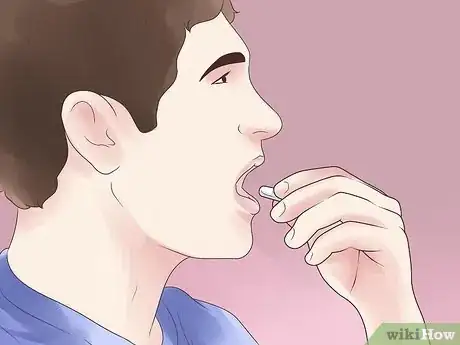

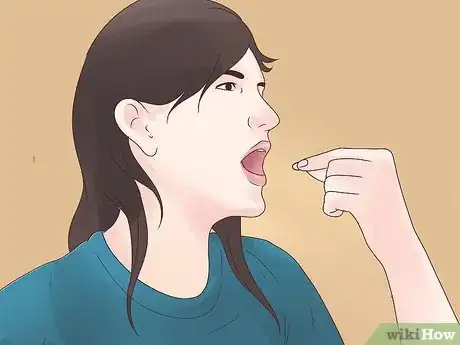
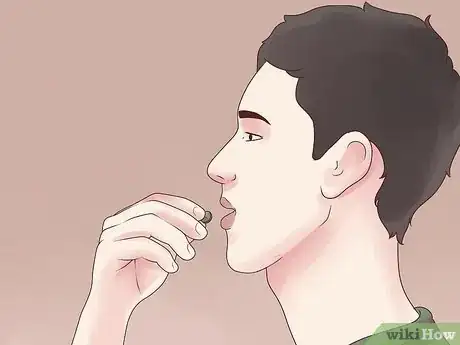
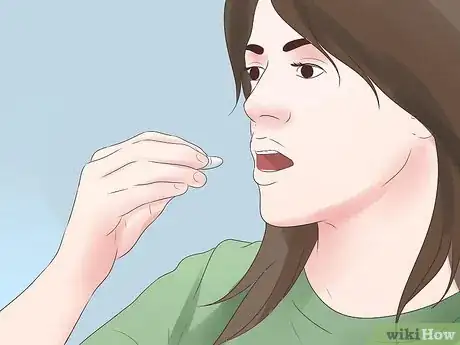
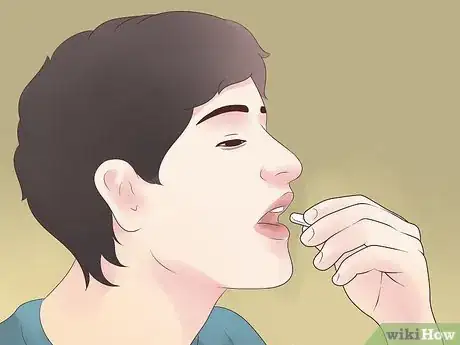
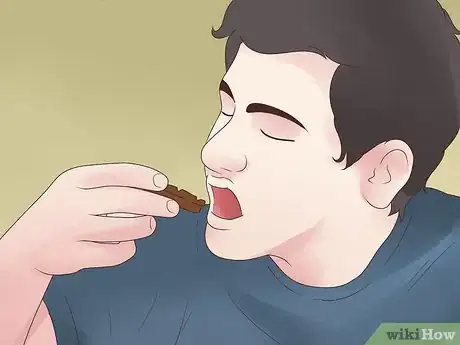
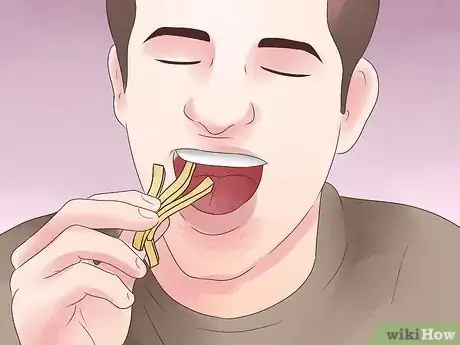
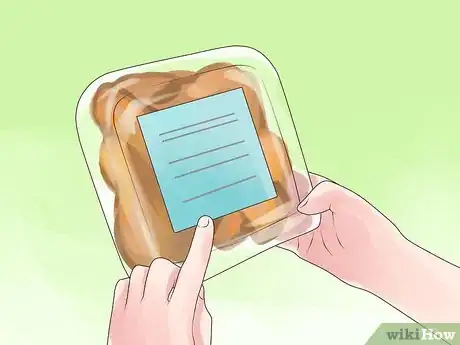
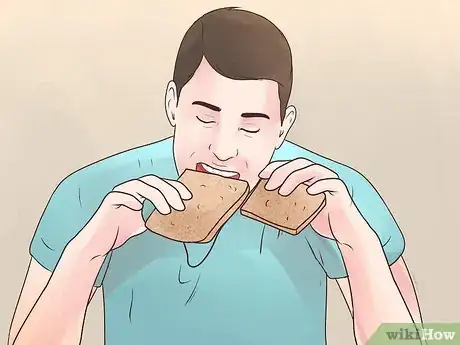

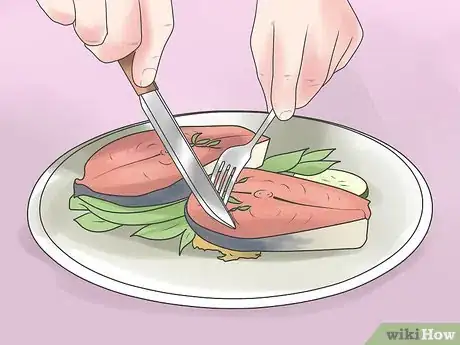

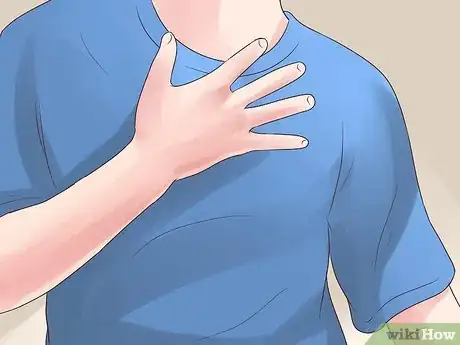


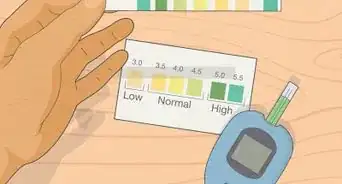




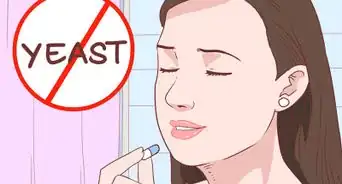


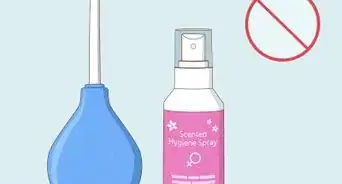
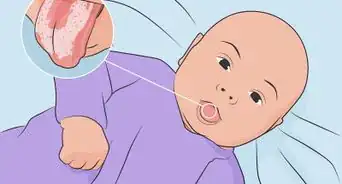

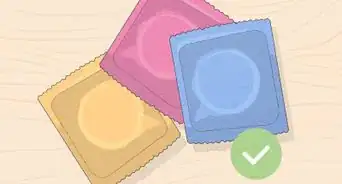
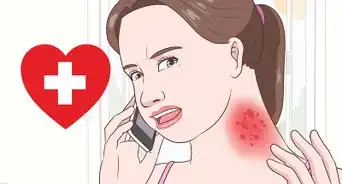









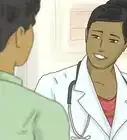
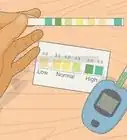

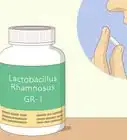



































Medical Disclaimer
The content of this article is not intended to be a substitute for professional medical advice, examination, diagnosis, or treatment. You should always contact your doctor or other qualified healthcare professional before starting, changing, or stopping any kind of health treatment.
Read More...